How to sew up a hole without a seam: a selection of neat methods
Content:
Small defects on clothes and interior items are not a reason to throw them away. If you sew up the hole without a seam, the item will be usable again. We tell you how to carefully and beautifully carry out fabric repairs with your own hands.
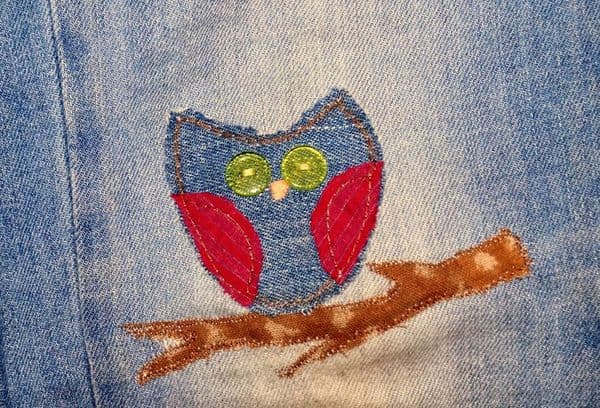
Basic recommendations
Even novice housewives can sew up a hole in clothing correctly. First, familiarize yourself with the standard repair rules:
- To prevent the seam from being visible on the fabric, the thickness of the needle must correspond to the density of the material. A needle that is too thick leaves unsightly holes. Ideally, it is better to take a bead embroidery needle - the thinnest one.
- Do not forget that the color of the threads should match the fabric as much as possible.
- Make sure there is enough thread in the needle.
- Work slowly.
- Always have a steamer with you.
- The needles must be new, smooth and free of rust.
If you can’t make a beautiful and invisible seam the first time, don’t worry and practice again. Sewing is a difficult task, but with practice it becomes enjoyable.
Mending clothes with needle and thread
The longitudinal hole can be easily darned using a primitive seam by hand. To do this, fold the edges from the wrong side and fasten them “forward with a needle.” Additionally, we sew a seam “over the edge” and fasten the thread to a knot. Snake sewing imitates machine stitching.This is how they fix things that have come apart at the seams. It is very convenient to mend a hole in a sock and tights with a “snake”.
What to do with things that have a hole in the most visible place? There are several tricks that will quickly return the fabric to its proper appearance.
Knitwear
Small holes sometimes appear on knitwear items, in inconspicuous places or in a visible area. Often such defects appear on T-shirts, T-shirts, shorts, sweatpants and leggings after machine washing.
They can be easily repaired using circular sewing, and no one will notice anything:
- We take the thread exactly in the color of the fabric.
- We pass each loop in stitches, moving in a circle and tightening the thread. We work on the wrong side and constantly check how the fabric looks on the front side.
- The hole will gradually close.
- Don't forget to fasten the thread from the wrong side so that the seam does not tear.
The same method is used to repair a woolen sweater, jacket, or pullover.
Another example of darning to hide a round hole on a thin knitwear item:
- We take out the thin nylon thread from the unnecessary tights.
- We pry up the loops from the front side and fasten them with thread without tightening the fabric.
- We finish sewing from the inside out and secure the thread with a knot.
- Iron the darning area with a hot iron. The nylon thread will melt a little and close the defect.
Knitted products have holes in the seam area, especially under the armpit: holes form there at an angle, and it is no longer possible to sew them with a standard machine stitch.
How to proceed:
- We prepare a thin hook and threads for knitting, similar in thickness and color to the fabric of the item.
- We hook a loop and pull it through the adjacent one.
- At the end, we secure everything with a thread using a needle.
Jeans
Jeans often fray between the legs from frequent wear and washing.You can sew this place up unnoticed by simulating weaving threads in the fabric.
It's better to use machine stitch:
- Turn your pants inside out.
- First, we stitch the torn part along several lines, then we do the same across. The threads should form a dense mesh. On the front side, this work is very similar to the structure of denim.
If the jeans fabric is damaged in a non-critical area, such as on the leg or pocket, then try perforating it. If necessary, make the cut wider, pull out the longitudinal threads and rub the edges with sandpaper to make them fluffy.
Outerwear
It is better to entrust massive products to the atelier workers, since it is impossible to do without ripping out the lining. It’s especially offensive when an expensive fur coat suffers. Holes in the fur appear mainly on the sleeves, in the armpit area. To fix the defect, you will need a fur-colored thread, instant glue and a medical bandage.
Instructions:
- Sew the torn edges together.
- Cut off a small strip of bandage.
- Apply a little glue to the bandage.
- Apply a bandage to the seam.
- Lay out the fur coat on a flat surface and wait for it to dry for a couple of days.
Bed sheets
Repairing sheets, pillowcases and other bedding requires special care. An uneven seam not only looks unsightly, but also causes discomfort during sleep. If the sheet is torn in the center, it means that the fabric in this place has worn out and will no longer perform its function. Cut the sheet in half and then sew it together so that the edges are in the center. Don't forget to serge the new edges.
purity-en.htgetrid.com magazine recommends sewing up holes in bedding as soon as they are discovered, otherwise they will quickly grow.
Advice
To ensure that the seam is tight and does not fall apart, make the stitches as close as possible.
Repair without a needle
Tape for gluing fabric will help out if a defect appears on a beautiful trousers or shirt. Cut out a small piece of tape and apply it from the wrong side to the hole, having previously pulled its edges together. Cover the tape with a cloth and sprinkle with water. Heat the iron and press the soleplate against the patch for 10 seconds. Ready! Turn it inside out and admire the result.
In this way, you can repair holes in fabric burned from cigarettes, including outerwear: jackets, parkas, coats.
Beautiful patches
If a small hole is easy to eliminate using ordinary methods, then with a large defect you will have to use your creative abilities. The easiest way to carry out repairs is with thermal stickers. They are sold at any craft store.
Various decorative stickers are selected according to the style of clothing. By the way, this way you can not only mask damage, but also create original clothes. For children's dresses there are patches with hearts, for boys' T-shirts and pants - with images of cartoon characters.
Bursting upholstery on a sofa or chair seat is also masked with patches. You won’t be able to sew up holes on the thinnest tulle unnoticed, but thermal stickers with floral patterns, butterflies, etc. will come to the rescue.
Important
The patch should not only completely cover the hole, but also extend beyond its edges. This guarantees the integrity of the product.
Do not rush to get rid of the product if its defect can be repaired. A neat stitch or a beautiful appliqué will bring the item back into service.
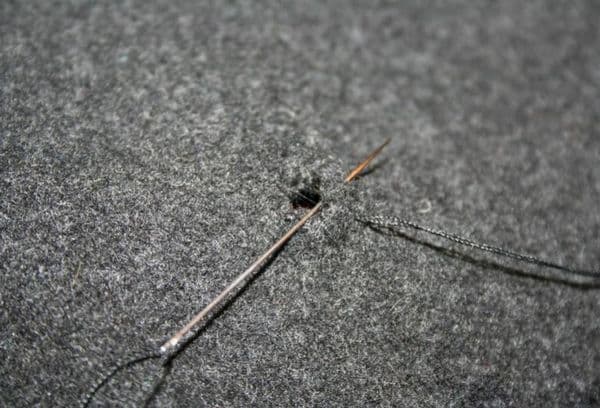
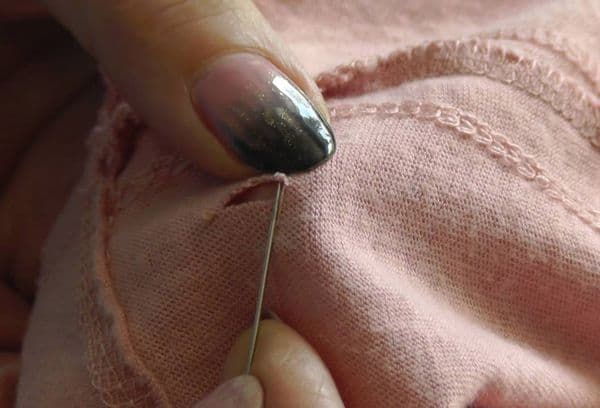
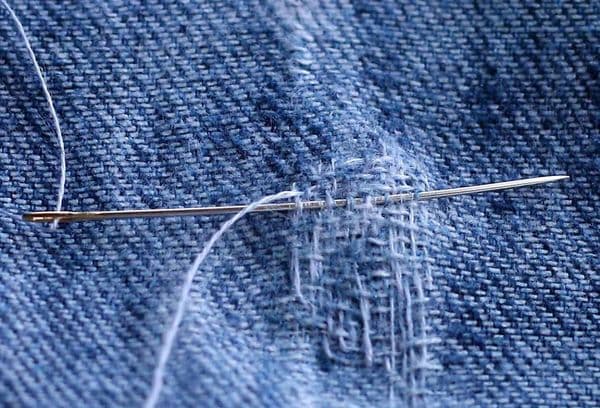
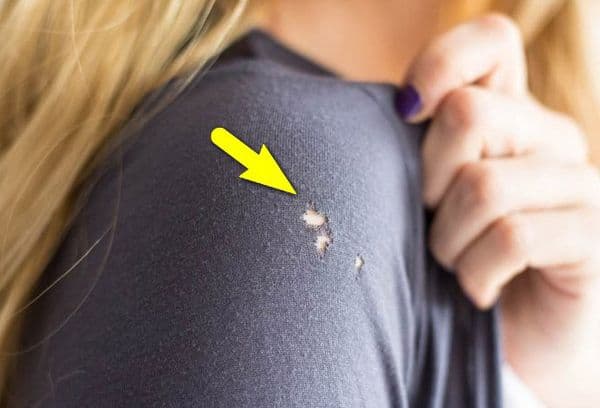
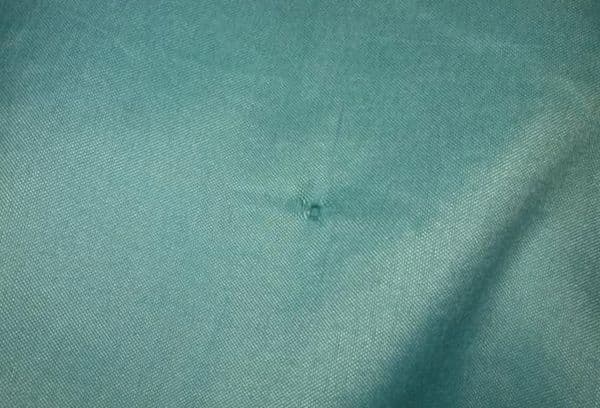
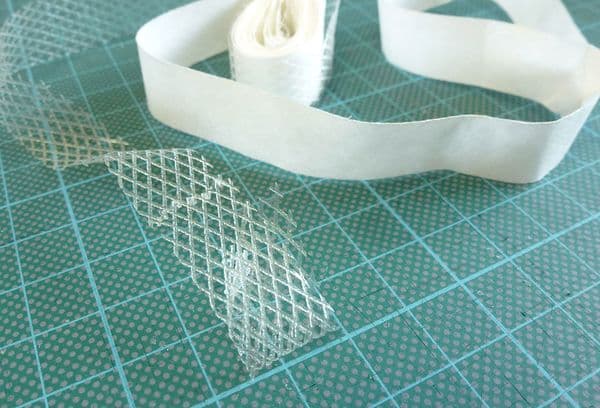

Thanks to the article, I repaired my knitted sweater. Thanks for the clear instructions